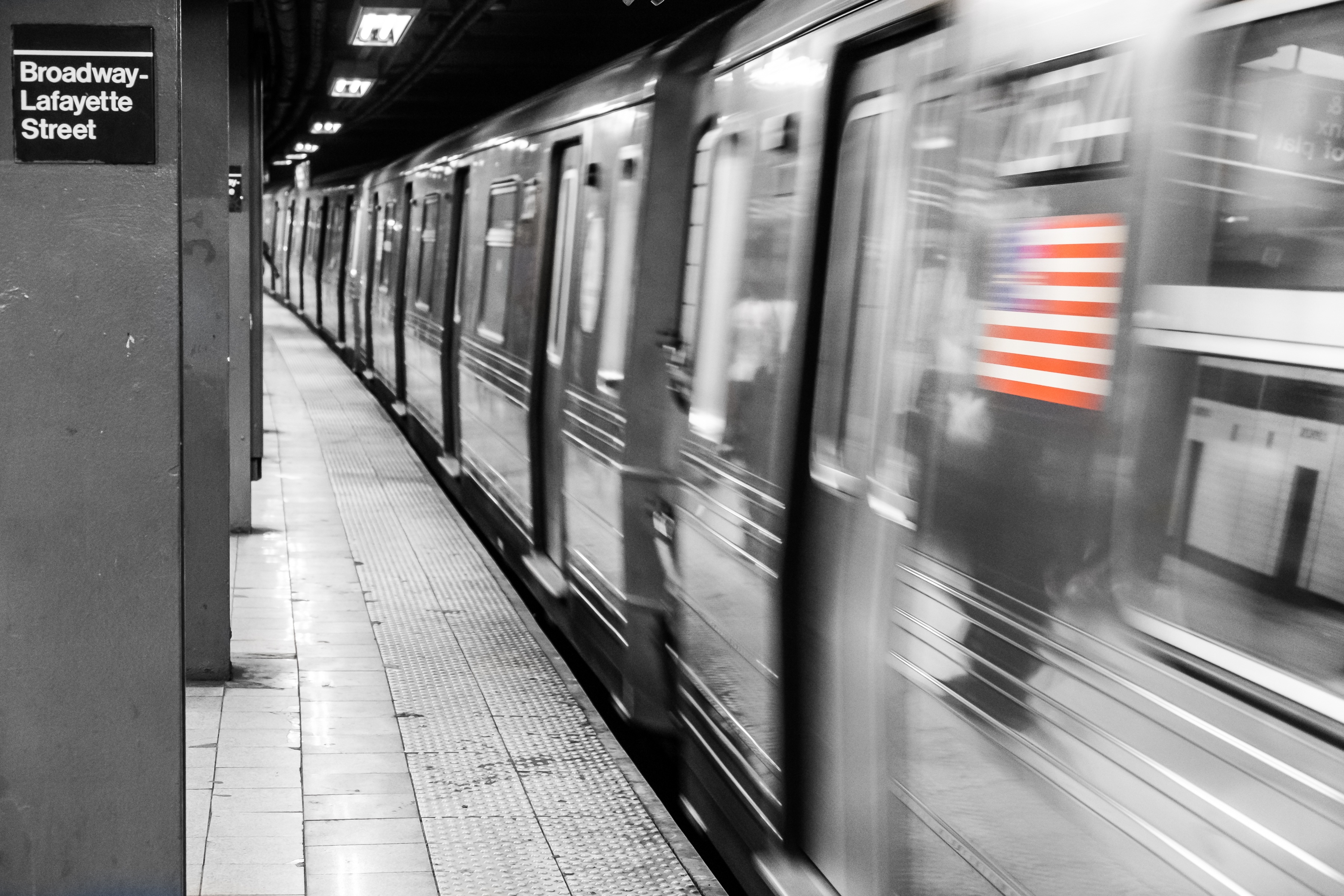Only 5% of Americans Trust Public Transport. Why?
Each year, the number of Americans using public transport is dwindling. According to the Census Bureau, a mere 5.1% of American workers traveled routinely by public transport between 2012-2016. This percentage was concentrated around urban centers and metro cities like New York, San Francisco, Chicago, etc.

Why are people shunning American public transport?
- Inadequate Connectivity: Transit services in most cities, especially smaller towns, are simply not attractive to commuters. This is because buses and subway trains ply only on limited routes. Not only this, the inter-city railroad in the US does not connect many smaller towns with mid-sized or metropolitan ones. Citizens typically drive if the destinations lie on the same side of the coast or fly when the distance is not drivable.
- Poor Frequency: In American cities, commuters shy away from taking a bus because of poor frequency. If you miss a bus, you’re stuck waiting for the next one for several minutes. Moreover, they take too much time to drop passengers to their destination. Thus, Americans are unable to depend on the bus network to get to work, school, or pretty much anywhere.
- Safety Concerns: Americans feel that mass rapid trains and buses are swarming with pickpockets and petty criminals, especially if one uses public transport at odd hours. Commuter safety has to be a top priority for the authorities, else shared commute becomes inaccessible and unusable.
- Expensive Rides: This may come as a surprise since shared transport is the cheapest way to commute in most parts of the world. The public transport for Americans is only cheaper than driving and maintaining a car. A single subway train ride costs $2.75, which is more than the cost of a gallon of fuel in most of the U.S. Taking a bus costs $1.50 per ride, irrespective of the distance covered.
Also Read: American Cities Are Drowning in Car Storage
- Cheap Cars: The U.S. does levy a production tax or duty on cars, which makes vehicles affordable. Being a capitalist nation, it strongly encourages production and consumption. Additionally, its second-hand automotive market is big and the fuel prices are low. This dissuades several Americans from taking public transport even though parking in bigger cities has become expensive and harder to find. There was a whopping 272.48 million registered cars in the United States in 2017 and this is a number that is only rising. Serious innovations are needed to make parking smarter, accessible and affordable, especially in bustling metropolises and mini-metros.
- Poor Man’s Ride: Not needing to use public transport is viewed as a sign of “moving up” in the world by many Americans who do not live in the metros. This, of course, does not apply to cities like New York, San Francisco or Chicago because their roads are choked with traffic. While cities in Europe, Asia, and Canada treat mass transit as a vital public convenience, most American voters, as well as policymakers, view it as a social welfare program.
- Private Taxis: App-based taxis are easy to book, frequent, and they pick and drop one at the doorstep. The convenience of these service providers has also acted as a deterrent for many commuters who earlier were on edge about using inefficient public transport. Americans use personal cars as their primary source of commuting. They have a longstanding preference for private vehicles. With the country being sparsely populated between cities, public transport is viewed as less effective, slow and absent in many places.

